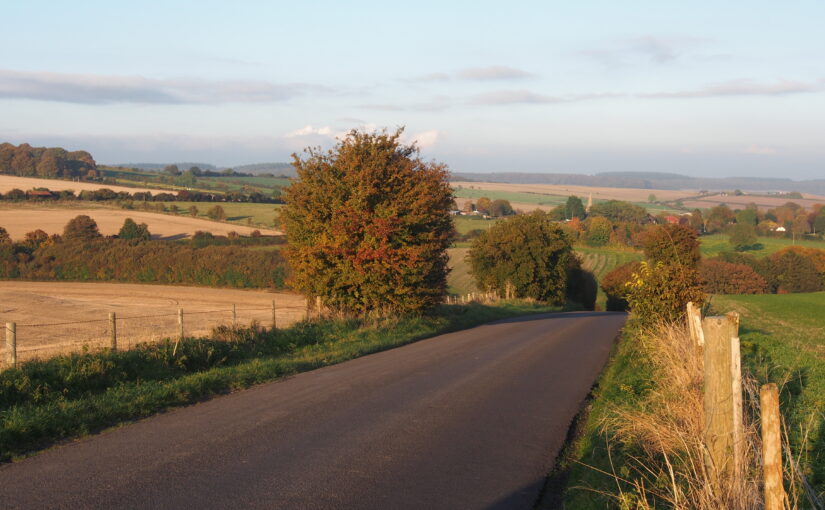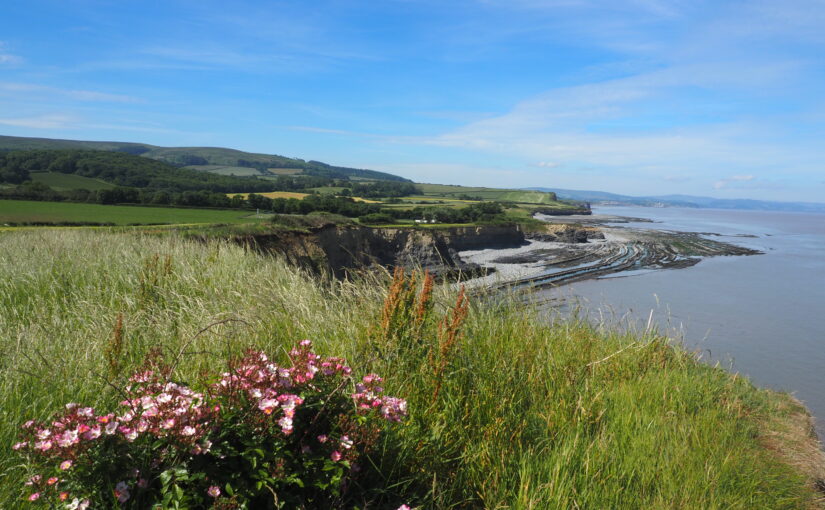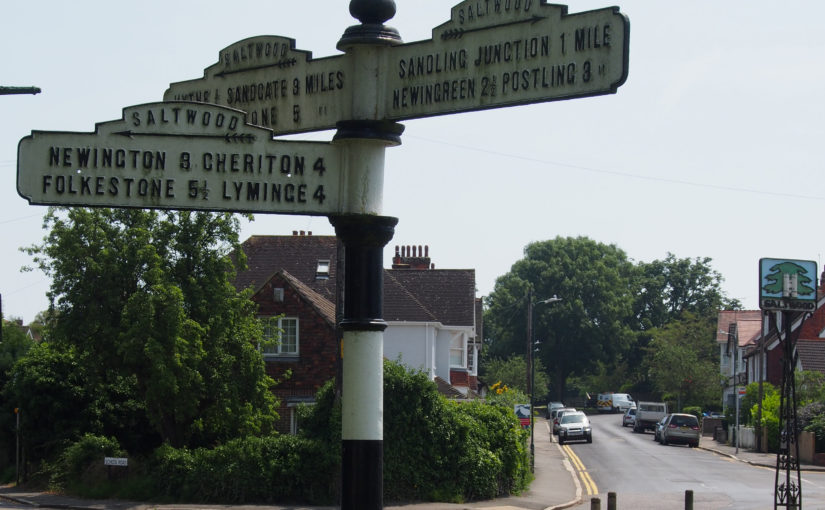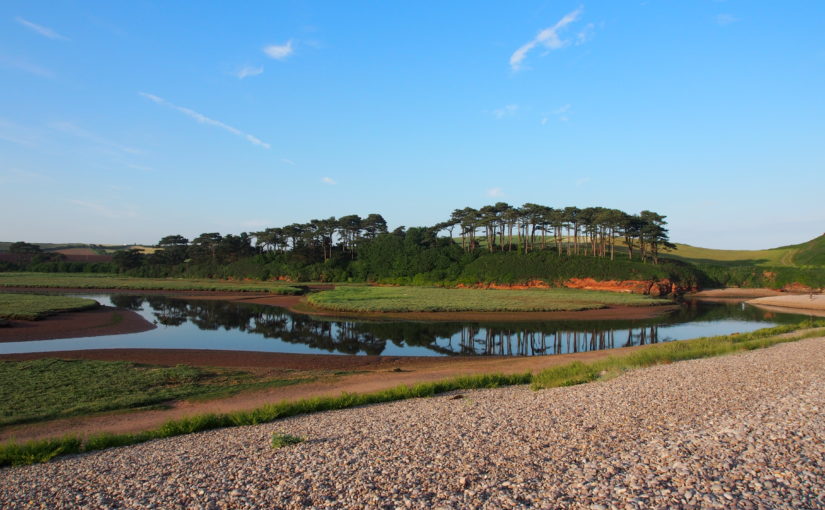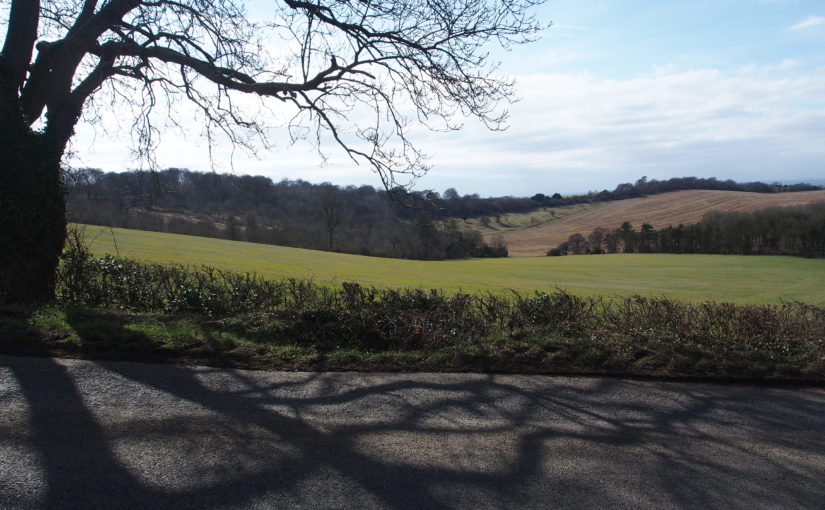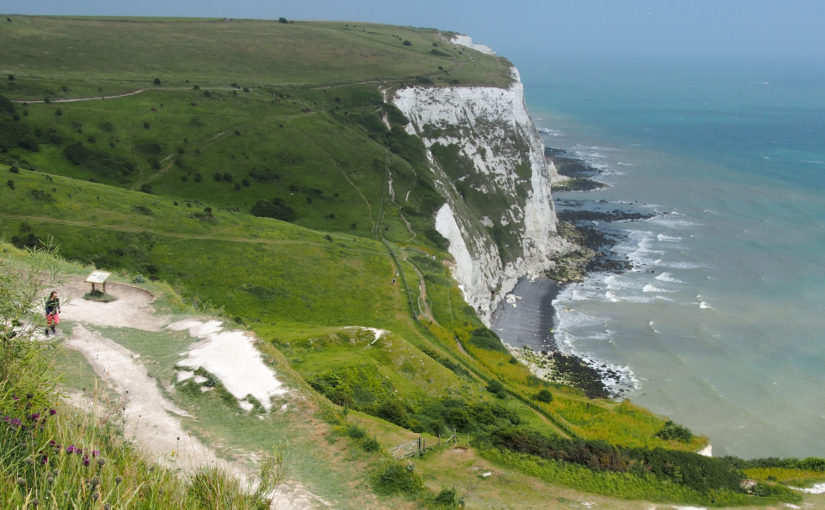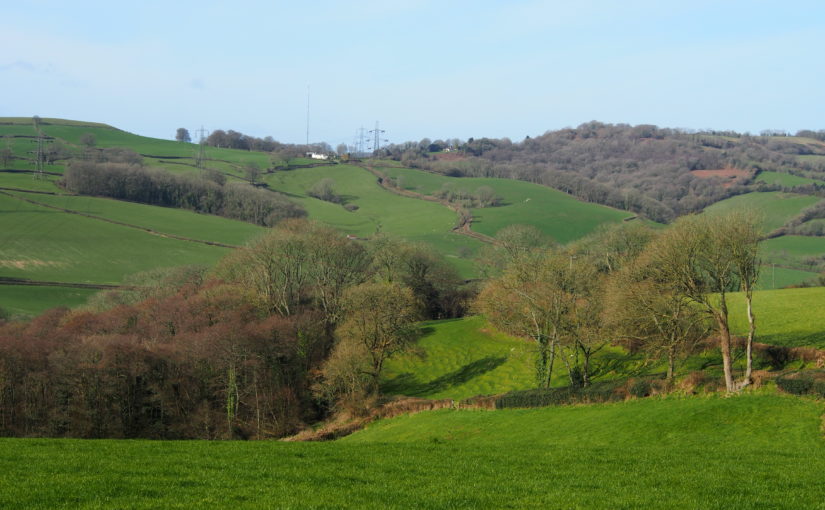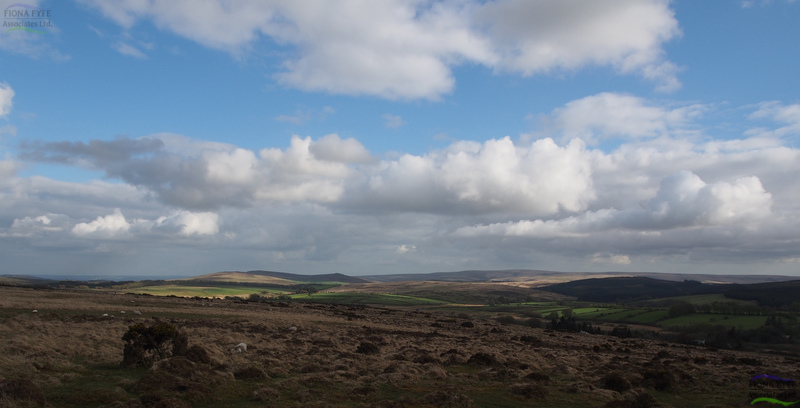Cranborne Chase National Landscape currently contains a wide range of tree/woodland types, including ancient woodland, deciduous plantations, coniferous plantations, ridge-top clumps, ‘hanging’ scarp woodlands, chalk scrub, shelterbelts, hedges, and riparian trees and woodlands. All have a place within the landscape, and their presence makes an important contribution to landscape character. There are also some places where ‘openness’ (i.e. lack of tree cover) is a defining characteristic.
If trees are planted without understanding of landscape character, there is a risk that the existing distinctive patterns and variety of trees in the landscape will be eroded. This project responds to these concerns by enabling future tree planting within Cranborne Chase National Landscape to reflect and enhance the variations in landscape character across the area.
The aim is to steer tree planting towards the most appropriate locations, where it will make the greatest impacts in terms of enhancing landscape character and biodiversity, and where it will not be detrimental to the characteristic sense of openness, to the use of high quality agricultural land for food production, or to ecologically-valuable habitats such as unimproved grassland.
The guidance is presented as a poster, and is informed by the recently-updated Landscape Character Assessment. For each Landscape Character Type it explains the existing characteristic patterns of trees, and the opportunities for sensitive tree planting.

